Embroidering with yarn is a delightful and tactile form of needlework that brings your projects a cozy and artistic touch.
The versatility of yarn allows for a wide range of creative expressions, making it an excellent choice for both beginners and experienced crafters.
Learning how to hand embroider with yarn opens up a world of possibilities for adding texture, color, and warmth to fabric.
Whether you’re embellishing clothing, crafting home decor items, or engaging in textile art, mastering the art of hand embroidery with yarn allows you to infuse your creations with a unique and personal touch.
In this guide, we explore various techniques and methods to empower you in your journey of bringing yarn to life through the art of hand embroidery.
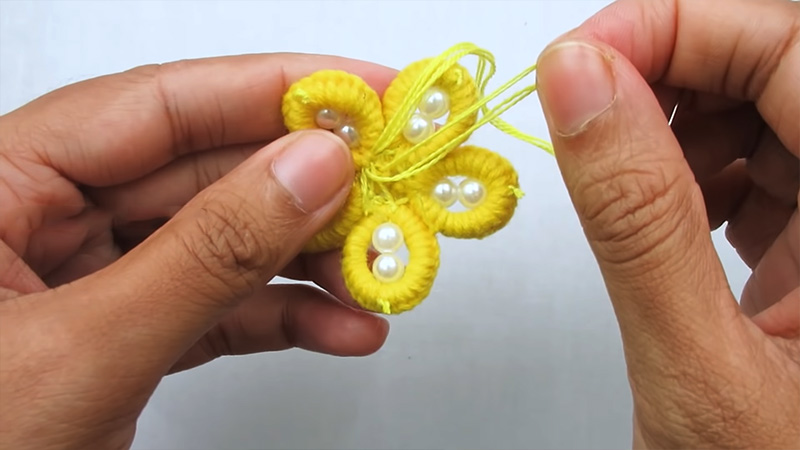
Can You Embroider With Wool Yarn?
Can you embroider with yarn? Absolutely! Embroidery with yarn offers a delightful twist to traditional needlework. Wool yarn, in particular, is a fantastic medium for this creative endeavor.
Its plush texture and vibrant colors bring a unique warmth and depth to embroidered designs. When using yarn for embroidery, a tapestry needle with a large eye is ideal to accommodate the thickness of the yarn.
Whether you’re working on cozy, textured projects like sweaters or adding a pop of color to fabric, the versatility of yarn opens up endless possibilities for artistic expression in embroidery.
So, the answer is a resounding yes – you can do embroidery with yarn, bringing a cozy and colorful touch to your needlework creations.
How To Embroider With Wool Yarn?
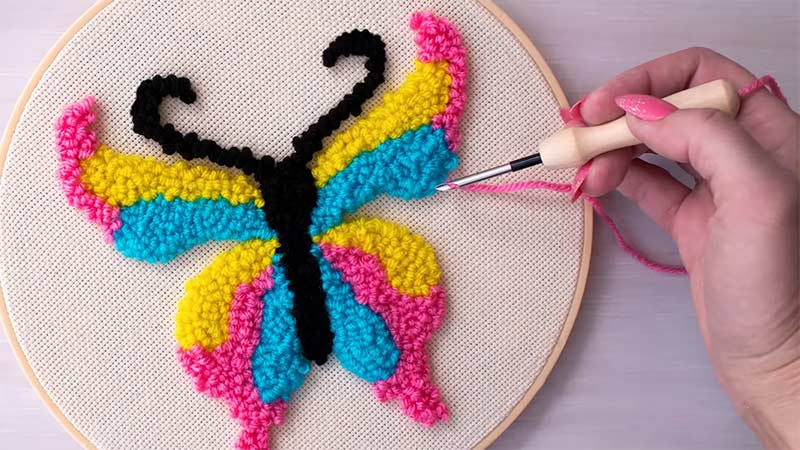
Embroidering with wool yarn adds a cozy and textured look to your projects, perfect for creating warm and inviting designs. Wool yarn is thicker and more plush than traditional embroidery thread, allowing for bold lines and rich texture in your stitches.
Here are seven simple methods for embroidering with wool yarn:
Chunky Chain Stitch
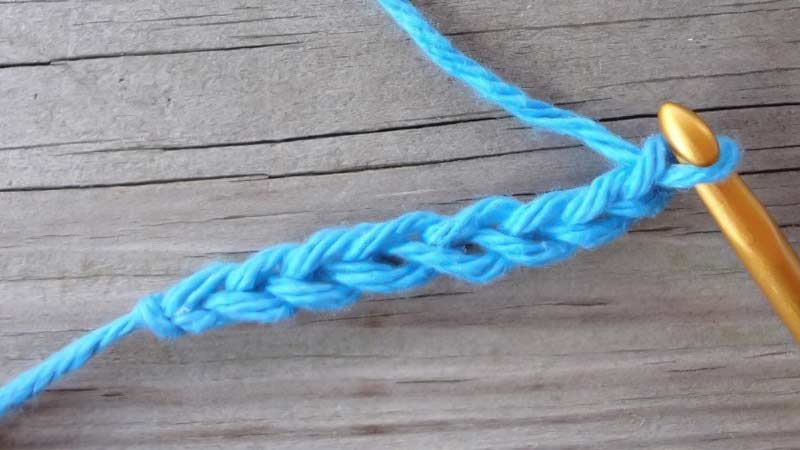
Use wool yarn to create chunky chain stitches, perfect for outlining shapes or adding textural details to your embroidery. The thickness of the yarn adds depth and dimension to your stitches, creating a cozy and tactile finish.
Satin Stitch Filling
Fill in larger areas of your embroidery design with satin stitches made using wool yarn. The plush texture of the yarn creates a soft and luxurious surface, ideal for adding warmth and depth to your stitched motifs.
French Knot Embellishments
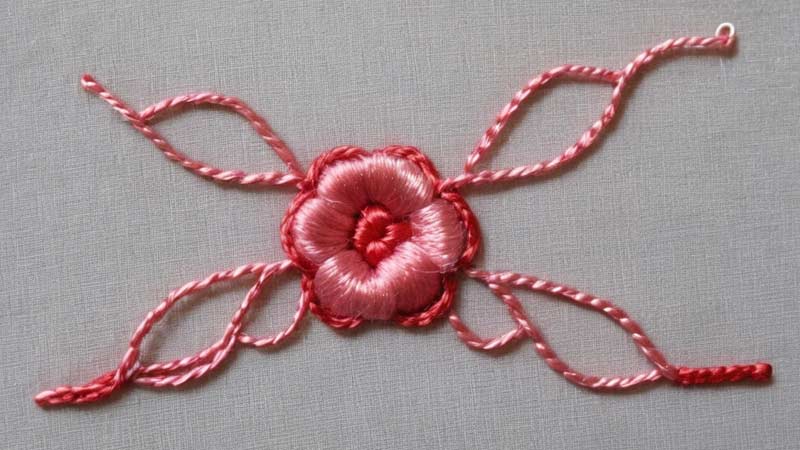
Add decorative accents to your embroidery using French knots made with wool yarn. The thick texture of the yarn creates bold and tactile knots, perfect for embellishing floral designs or adding detail to textured surfaces.
Long and Short Stitch Blending
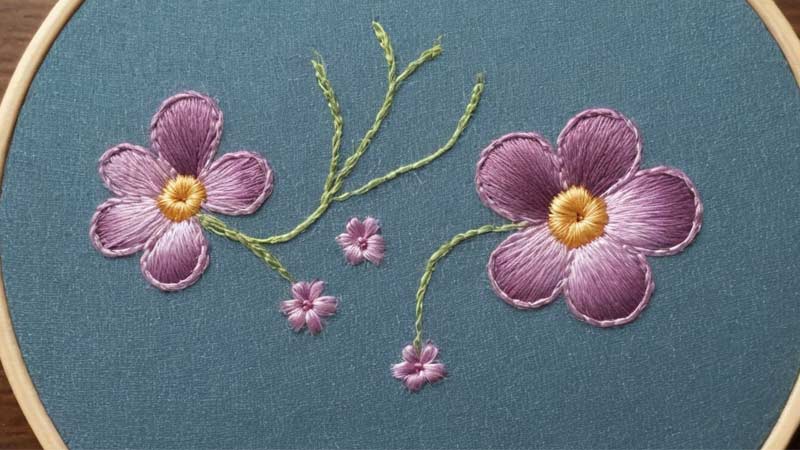
Experiment with blending different shades of wool yarn using long and short stitches to create subtle gradients and shading in your embroidery. The plushness of the yarn allows for seamless blending and soft transitions between colors.
Raised Embroidery Effects
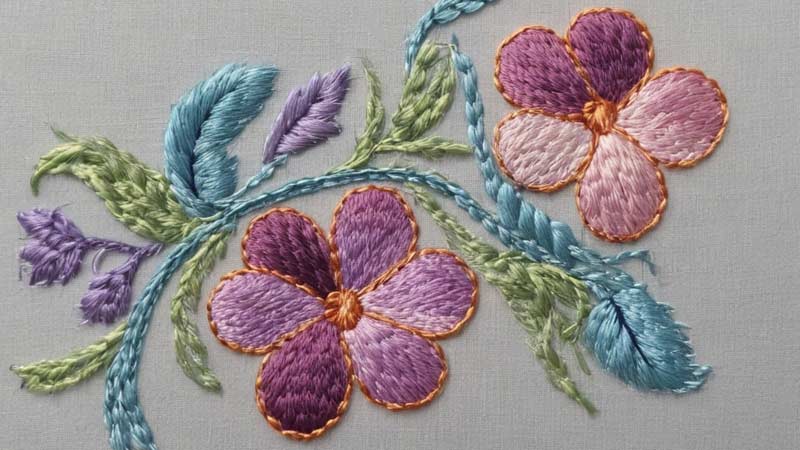
Create raised embroidery effects by layering wool yarn stitches to build up dimension and texture on your fabric. Experiment with different stitch techniques, such as padded satin or raised stem stitch, to add depth and interest to your designs.
Mixed Media Embroidery
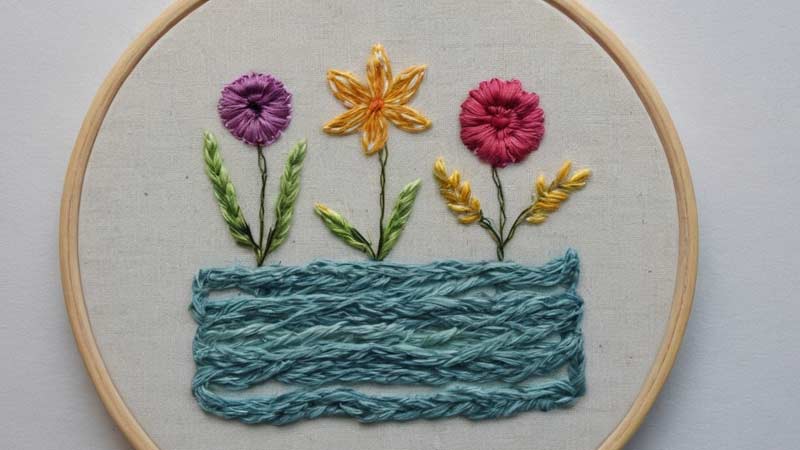
Combine wool yarn with other materials, such as fabric scraps, felt, or beads, to create mixed-media embroidery designs.
The versatility of wool yarn allows for easy integration with various textures and elements, adding visual interest and dimension to your stitched creations.
Experiment with Stitch Variations
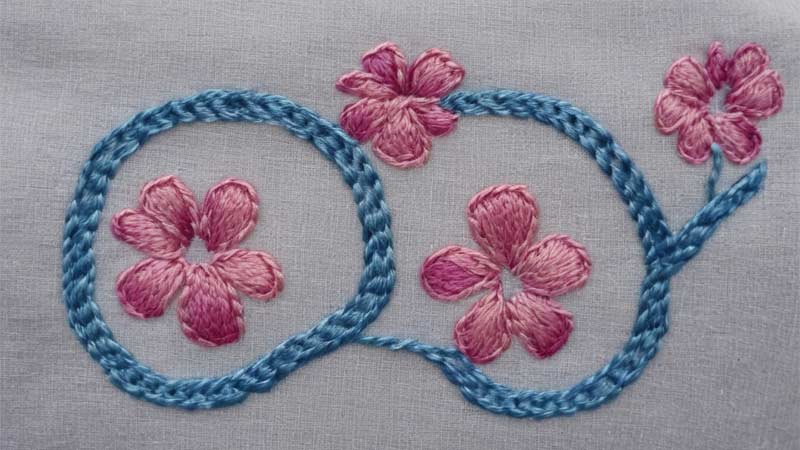
Explore different embroidery stitches and techniques using wool yarn, such as blanket stitch, feather stitch, or bullion stitch.
The thick and plush nature of the yarn lends itself well to various stitch styles, allowing for endless possibilities in your embroidery projects.
By incorporating these simple methods into your embroidery practice, you can harness wool yarn’s unique texture and warmth to create beautifully textured designs full of depth and character.
Whether you’re stitching intricate florals, cozy landscapes, or whimsical motifs, wool yarn offers a versatile and tactile medium for expressing your creativity in embroidery.
What Yarn Can Be Used For Embroidery?
Embroidery offers many creative possibilities, and the choice of yarn can significantly impact your stitched designs’ texture, appearance, and durability.
While traditional embroidery thread is commonly used, various types of yarn can also achieve different effects.
Here are seven types of yarn suitable for embroidery:
Cotton Yarn
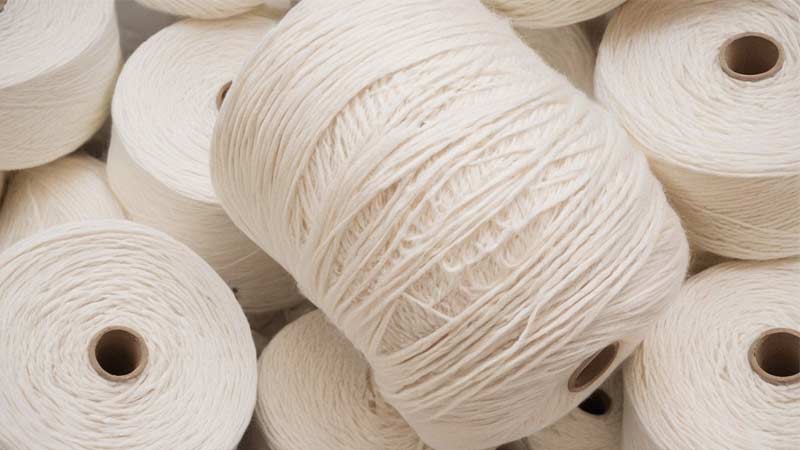
Cotton yarn is a popular choice for embroidery due to its durability, versatility, and wide range of available colors. It produces crisp and clean stitches, ideal for intricate details and fine lines in embroidery projects.
Wool Yarn
Wool yarn adds a cozy and plush texture to embroidery designs, perfect for creating warm and inviting motifs. It makes bold lines, textured fills, and raised embroidery effects, adding depth and dimension to stitched designs.
Silk Yarn
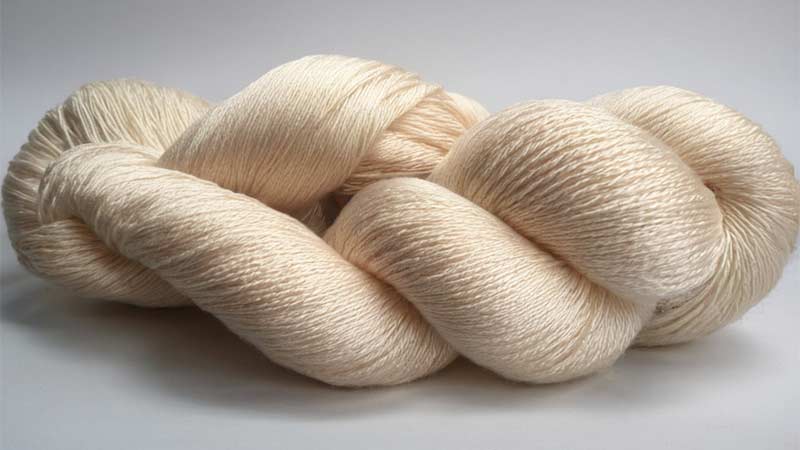
Silk yarn offers a luxurious and elegant option for embroidery, with its smooth and lustrous texture adding a beautiful sheen to stitched motifs. It is often used for delicate and intricate designs, creating stunning visual effects with rich colors and subtle shine.
Linen Yarn
Linen yarn is valued for its strength and durability, making it a reliable choice for embroidery projects that require long-lasting results. It produces crisp and clean stitches, lending a classic and timeless look to stitched designs.
Metallic Yarn
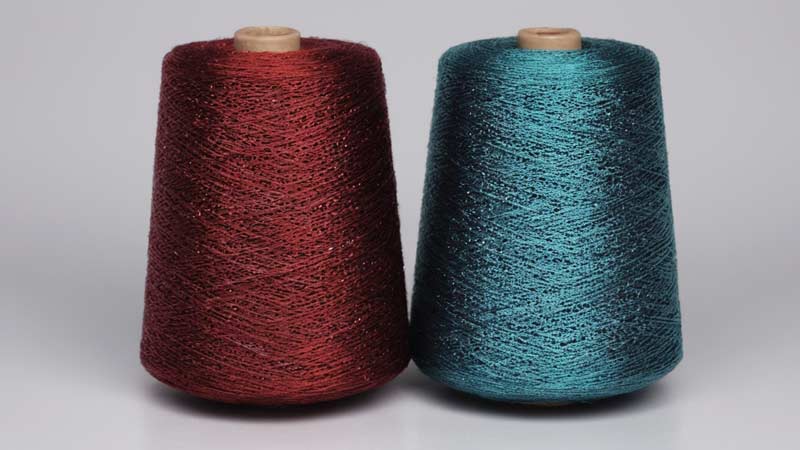
Metallic yarn adds sparkle and glamour to embroidery designs, making it a popular choice for decorative accents and embellishments. It comes in various finishes, including gold, silver, and iridescent shades, adding a touch of luxury and sophistication to stitched motifs.
Acrylic Yarn
Acrylic yarn is known for its affordability and wide range of colors, making it a budget-friendly option for embroidery projects. It offers good stitch definition and is available in matte and shiny finishes, allowing for versatile applications in stitched designs.
Alpaca Yarn
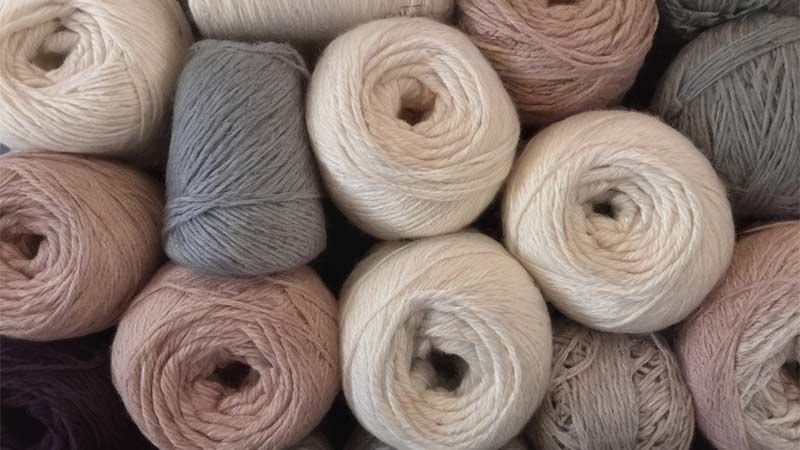
Alpaca yarn provides a soft and luxurious option for embroidery, with its silky texture and natural warmth adding a cozy feel to stitched motifs.
It is often used for creating smooth and tactile surfaces, perfect for cuddly creatures or textured landscapes in embroidery projects.
By exploring these different types of yarn, you can discover new possibilities for adding texture, color, and personality to your embroidery designs.
Whether you’re stitching intricate florals, bold geometric patterns, or whimsical motifs, the choice of yarn can enhance the visual impact and tactile appeal of your stitched creations, allowing you to express your creativity with style and flair.
FAQs
Can I use regular embroidery needles for yarn?
While possible, it’s advisable to use tapestry needles with more prominent eyes to accommodate the thickness of yarn, making threading and stitching more manageable.
What basic stitches work well with yarn in hand embroidery?
Start with simple stitches like running stitch, backstitch, and French knots. These stitches showcase the thickness of the yarn, creating bold and defined lines.
How can I prevent yarn from tangling during embroidery?
Divide the yarn into manageable lengths to avoid tangling. Working with shorter strands minimizes the knot risk and allows smoother stitching.
Can I wash hand-embroidered yarn projects?
Yes, but follow care instructions for both the yarn and fabric. Handwashing in cold water with a gentle detergent is often recommended to preserve the integrity of the yarn.
What creative techniques can I explore with yarn in hand embroidery?
Experiment with layering yarn for texture, incorporating braids or tassels, and trying wool appliqué. These techniques add depth and unique elements to your hand-embroidered yarn projects.
Conclusion
Hand embroidering with yarn is a gratifying and accessible craft that transforms ordinary fabric into textured masterpieces. The journey of learning how to hand embroider with yarn unveils many stitches, techniques, and creative possibilities.
This tactile form of needlework allows you to bring warmth, depth, and a personalized flair to your projects.
Whether you experiment with different stitches, layer yarn for texture, or incorporate unique elements like braids or tassels, hand embroidering with yarn invites you to explore your creativity.
As you embark on this creative journey, the fusion of yarn and embroidery becomes a canvas for expressing your artistic vision and crafting one-of-a-kind, cozy treasures.
Leave a Reply